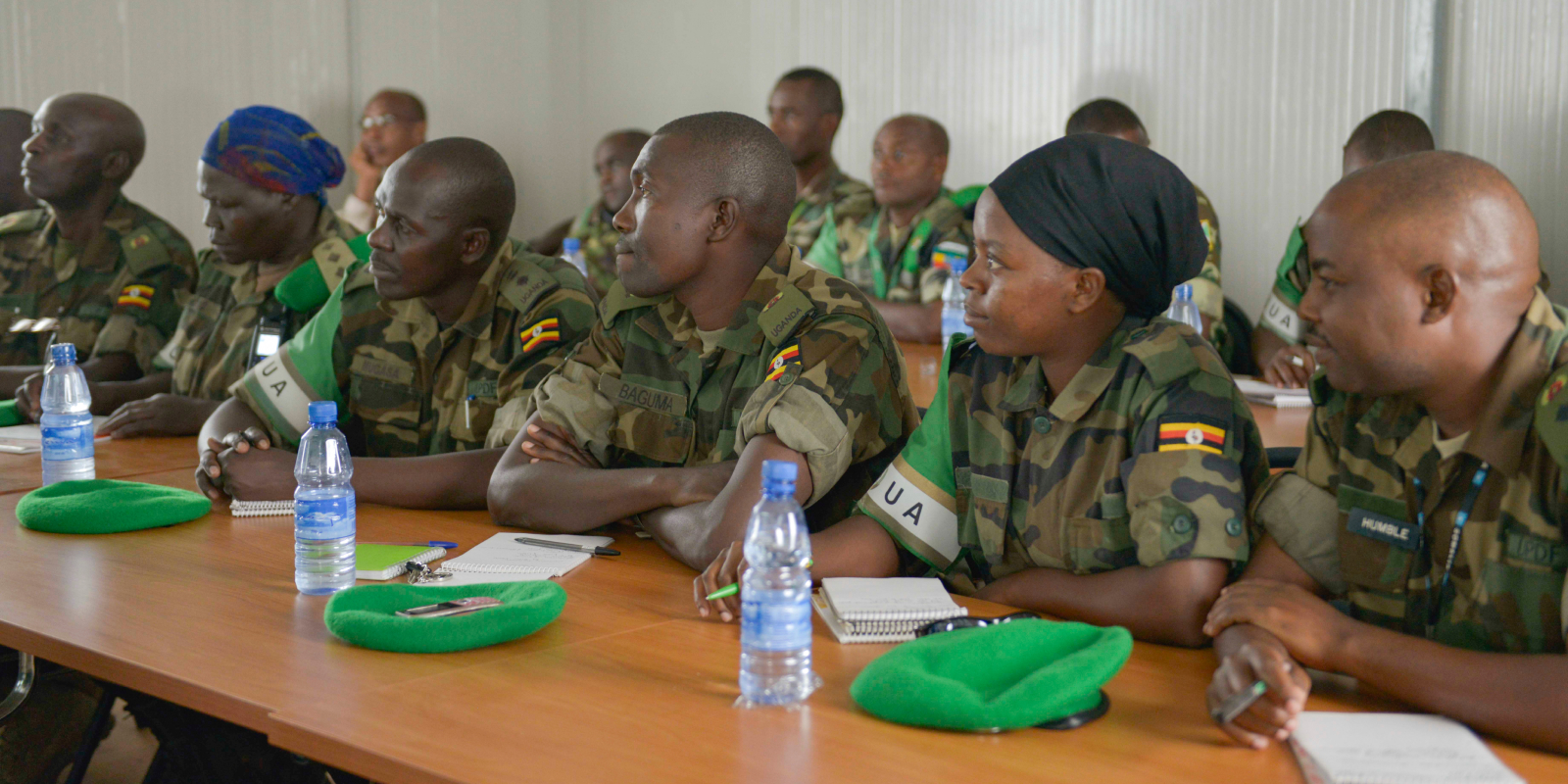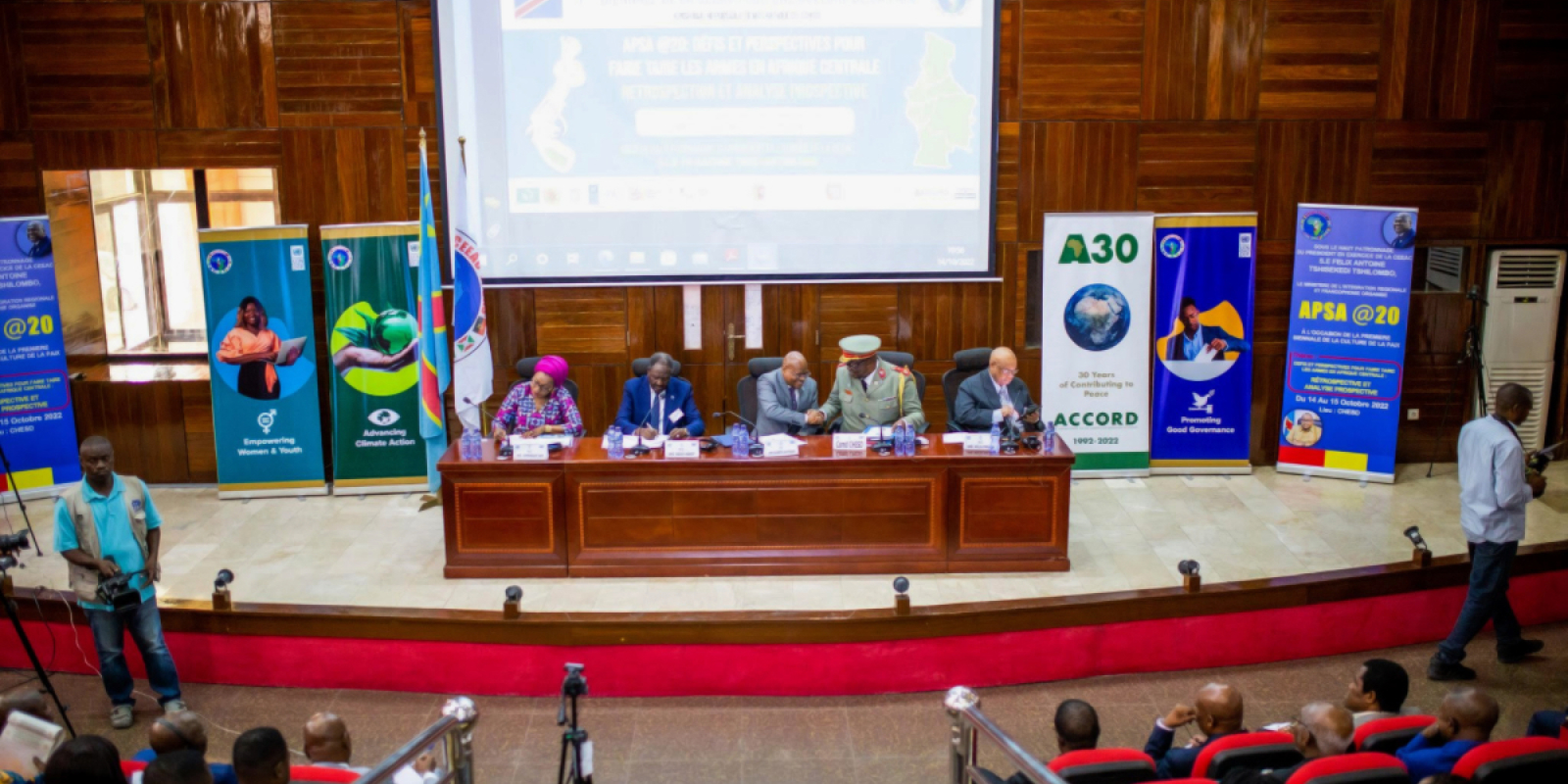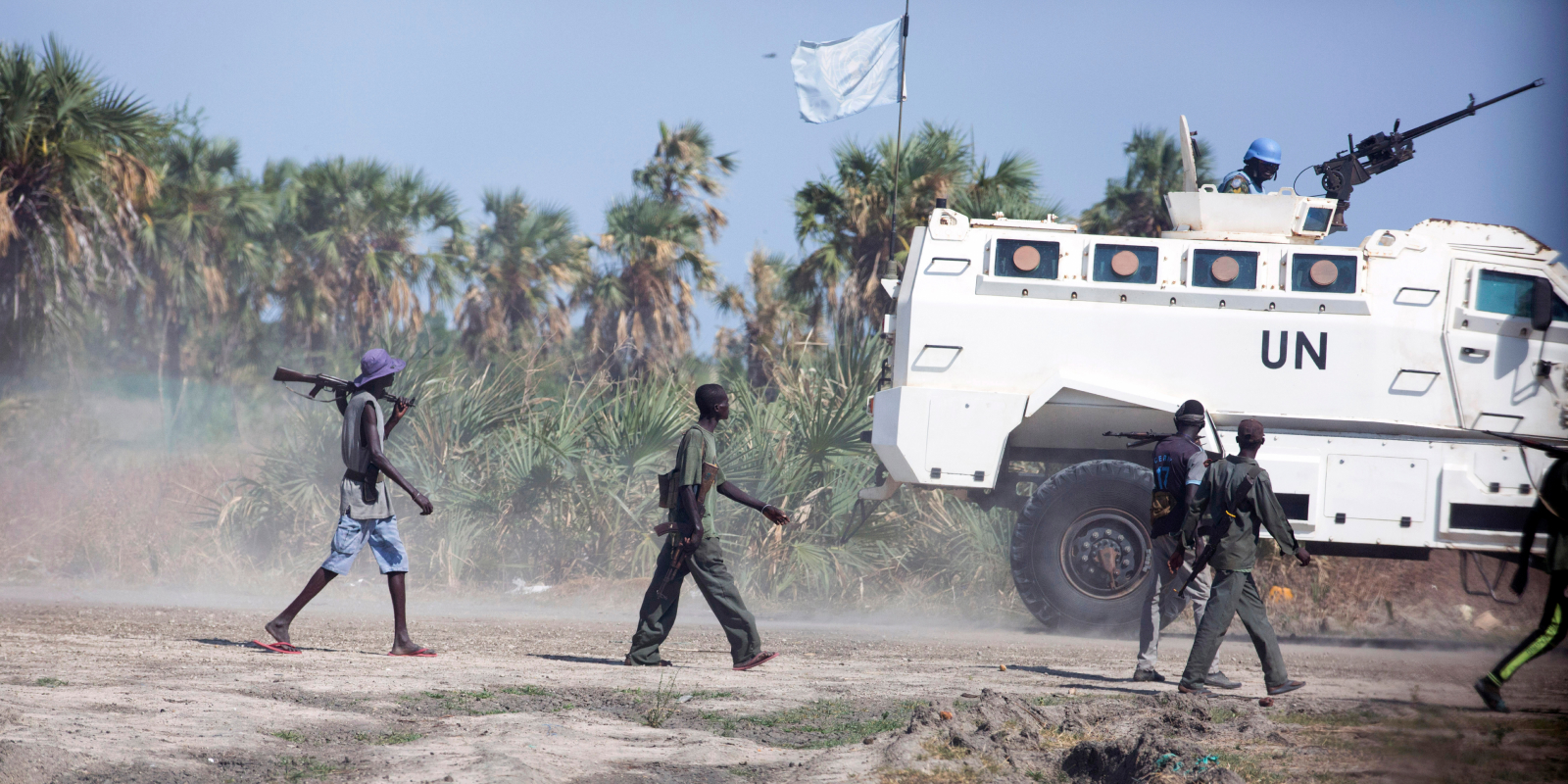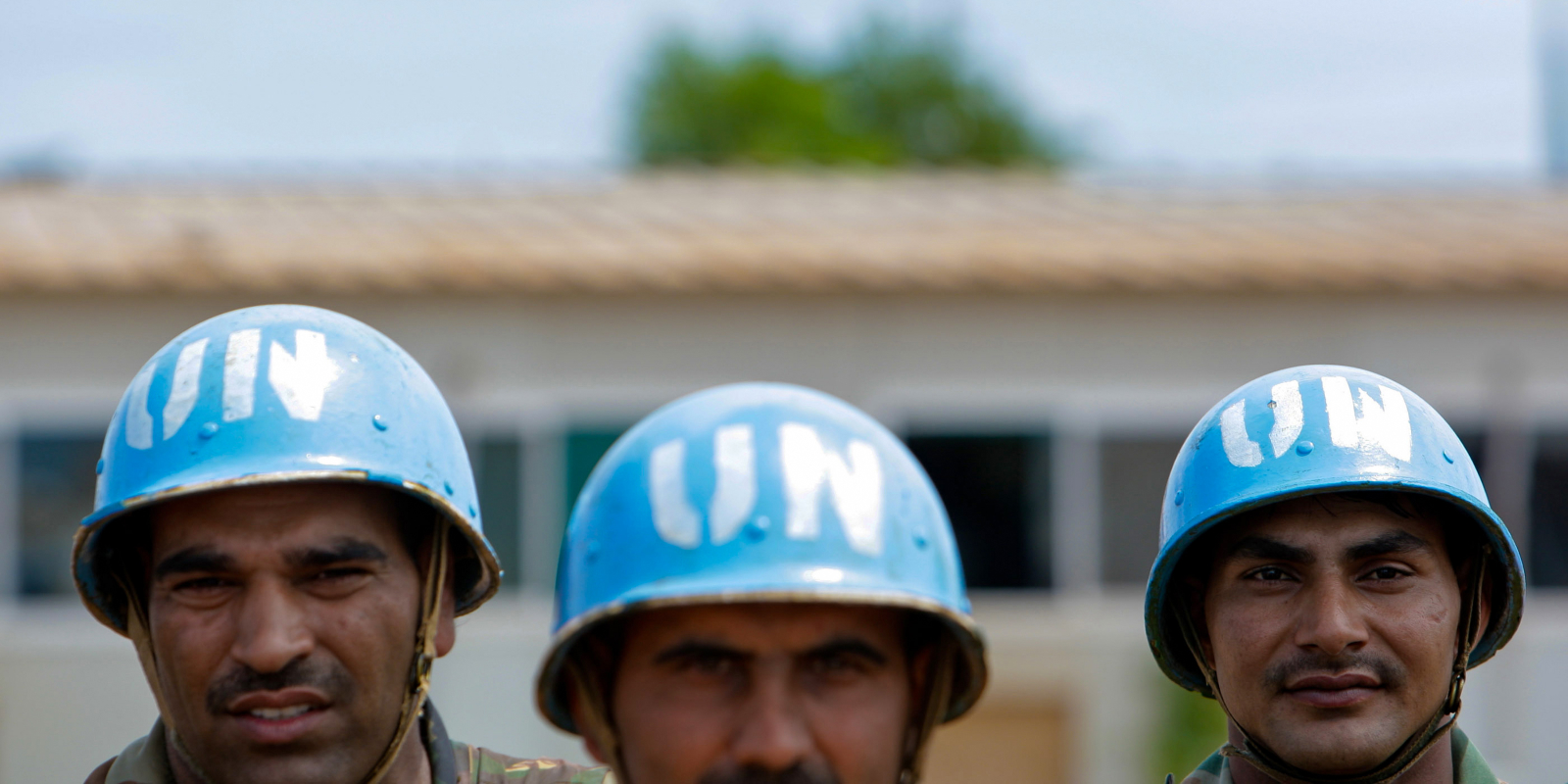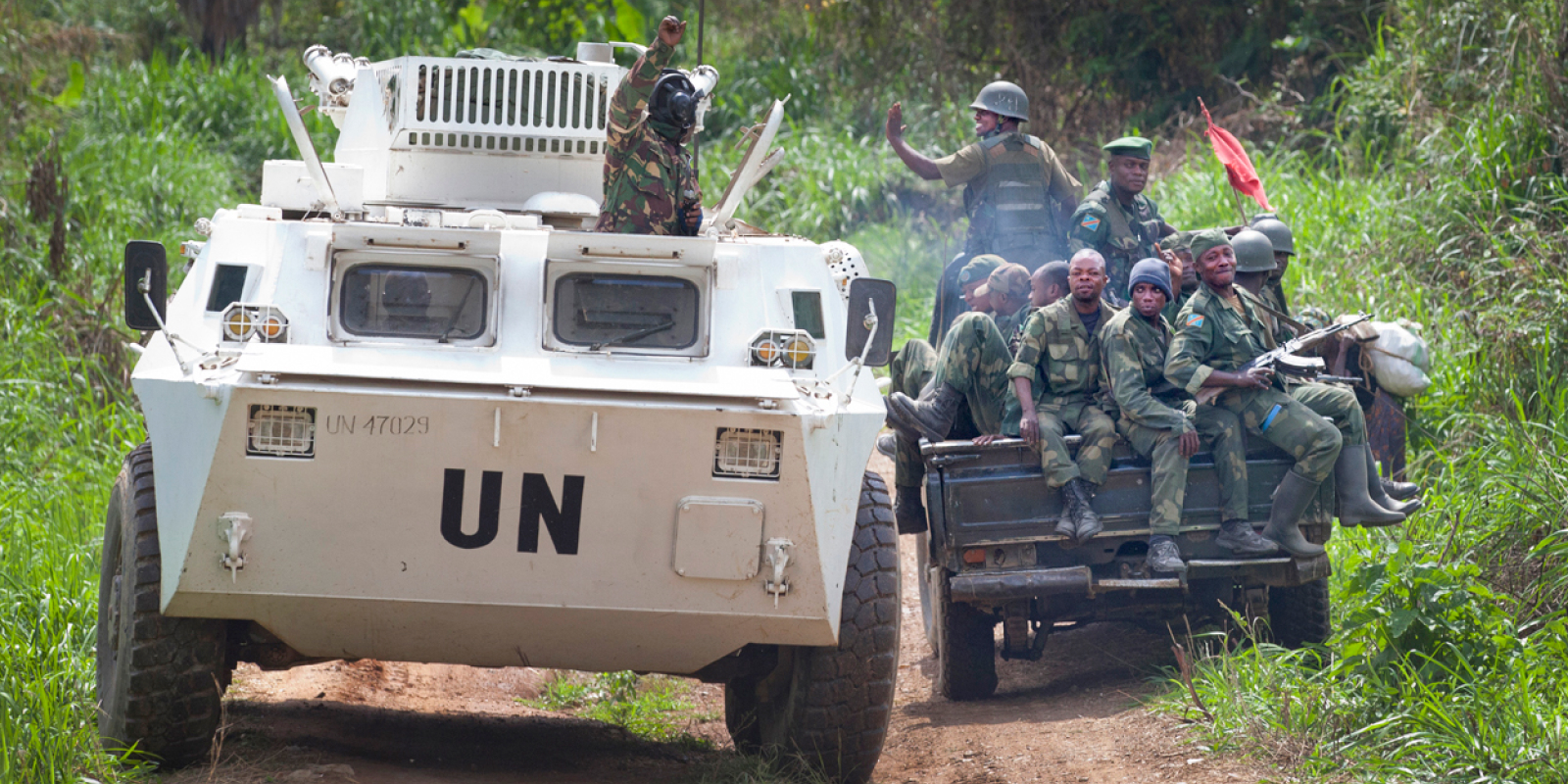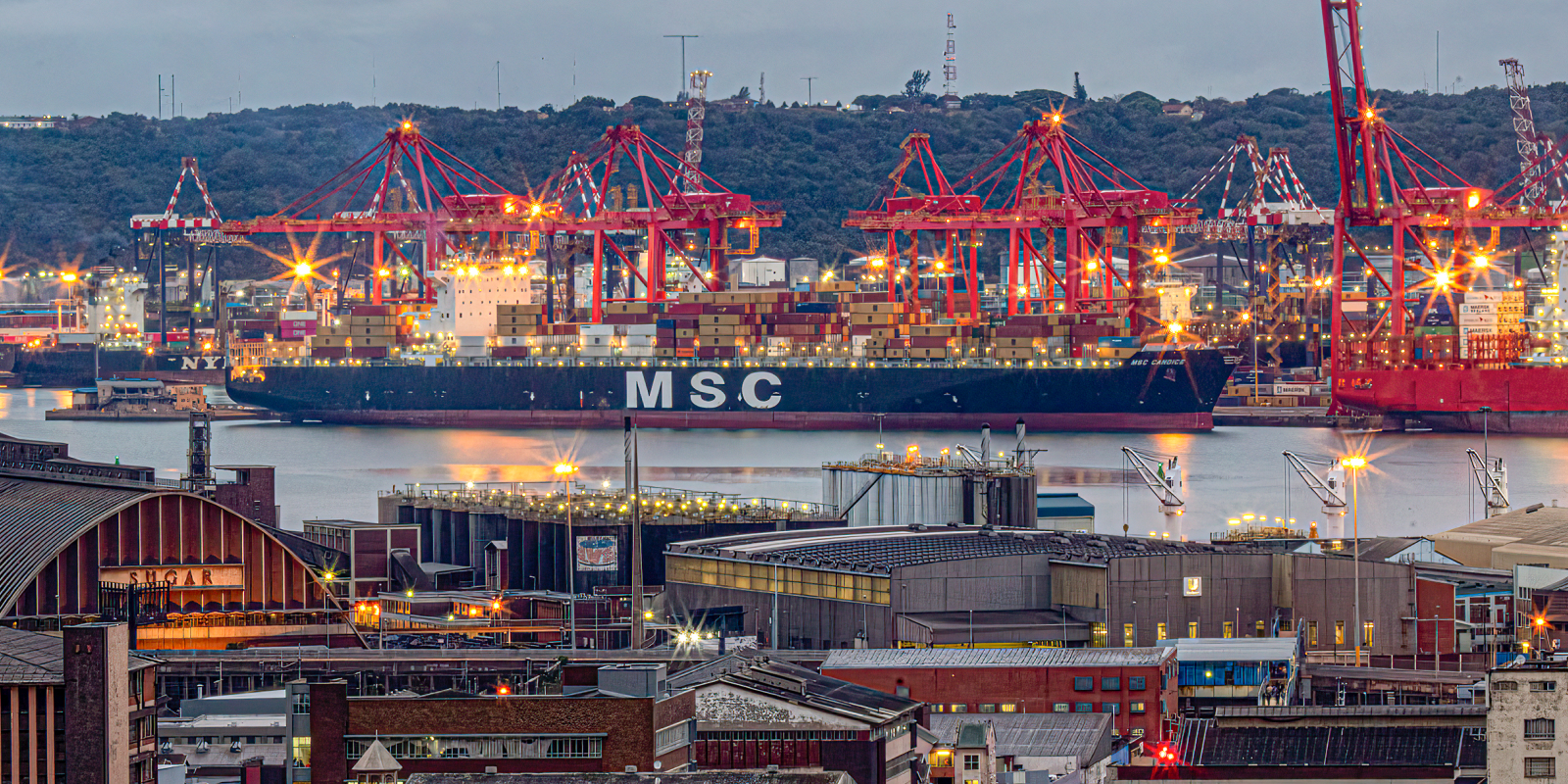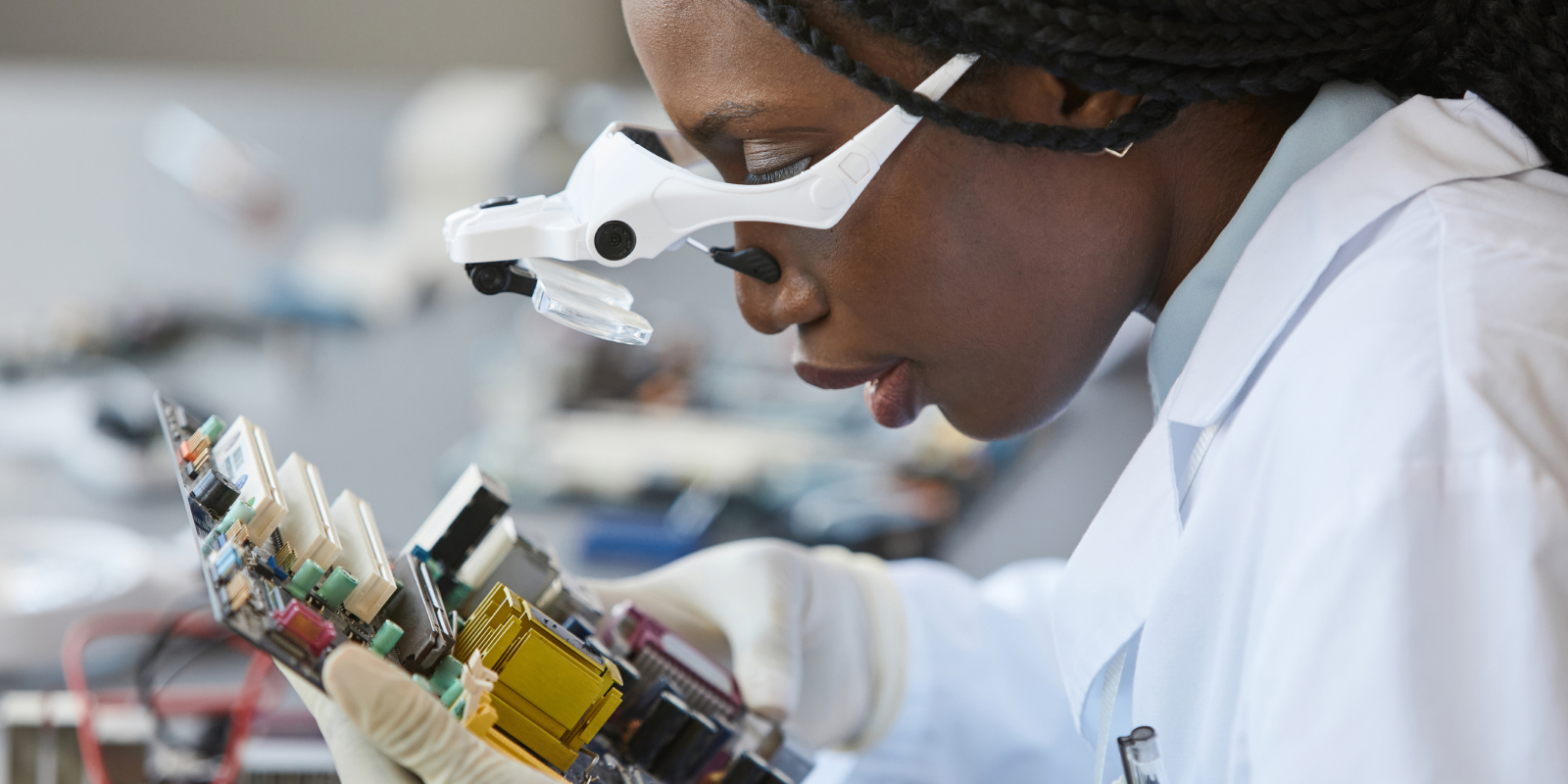We begin the May edition of the Conflict and Resilience Monitor with a feature article from H.E Kapinga Yvette Ngandu, the ECCAS Commissioner for Gender, Human and Social Development, who has written about the African Peace and Security Architecture, which celebrated its 20th anniversary in 2022. Her article reflects on the structures of the APSA, lessons from the past 20 years and prospects for the future.
Our second feature article is from Ambassador Frederic Gateretse-Ngoga, the senior advisor on international partnerships, the AU Border Programme, and regional security mechanisms in the office of the Commissioner for PAPS at the African Union Commission. The Ambassador’s article deals with the issue of partnerships between the AU and UN as it relates to financing of African led peace support operations.
Cedric de Coning reflects on the lack of trust between UN Peacekeeping missions in CAR, DRC and Mali and countries that host them and why these missions are not as effective as other UN peacekeeping missions. With Anslem Adunimay’s article, we shift from UN peacekeeping missions to SADC’s role in the current conflict in eastern DRC and the role that the regional economic community has played in the past and the opportunities currently before it.
Our penultimate article is about the AfCFTA and is written by Karabo Mokgonyana and Michlene Mongae. Their article looks at the configuration of Africa’s borders and how the AfCFTA might improve trade prospects in Africa. The final article is written by Aphile-Amanzima Mazibuko, who has written about the fourth industrial revolution, the growing digital gender divide in Africa and the importance of bridging this gap.

